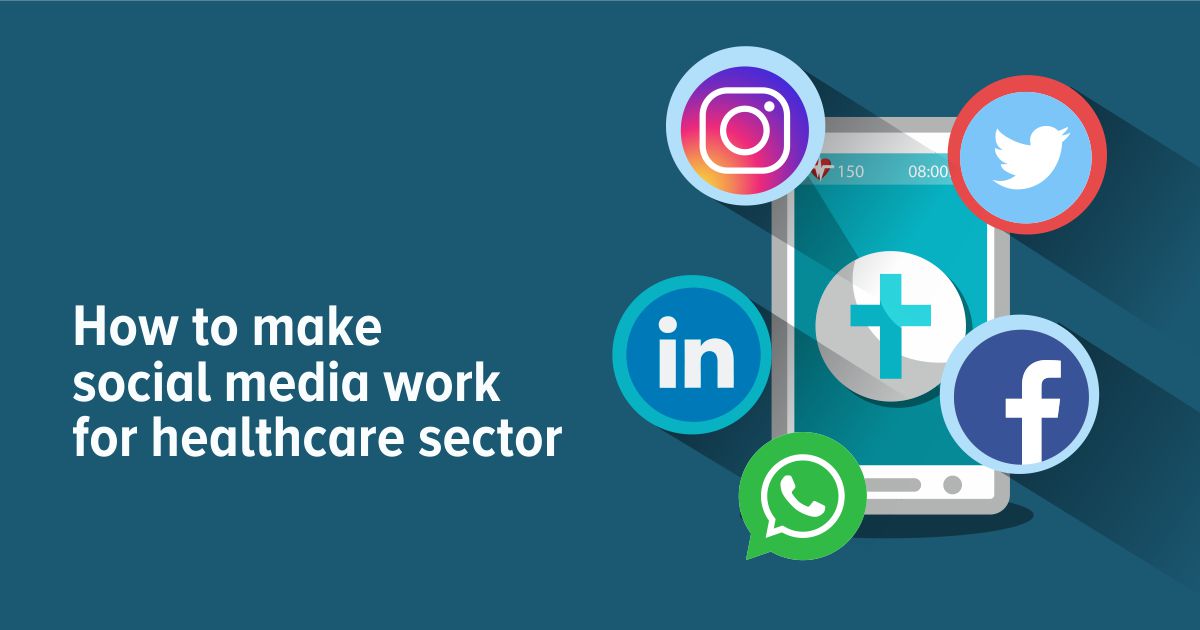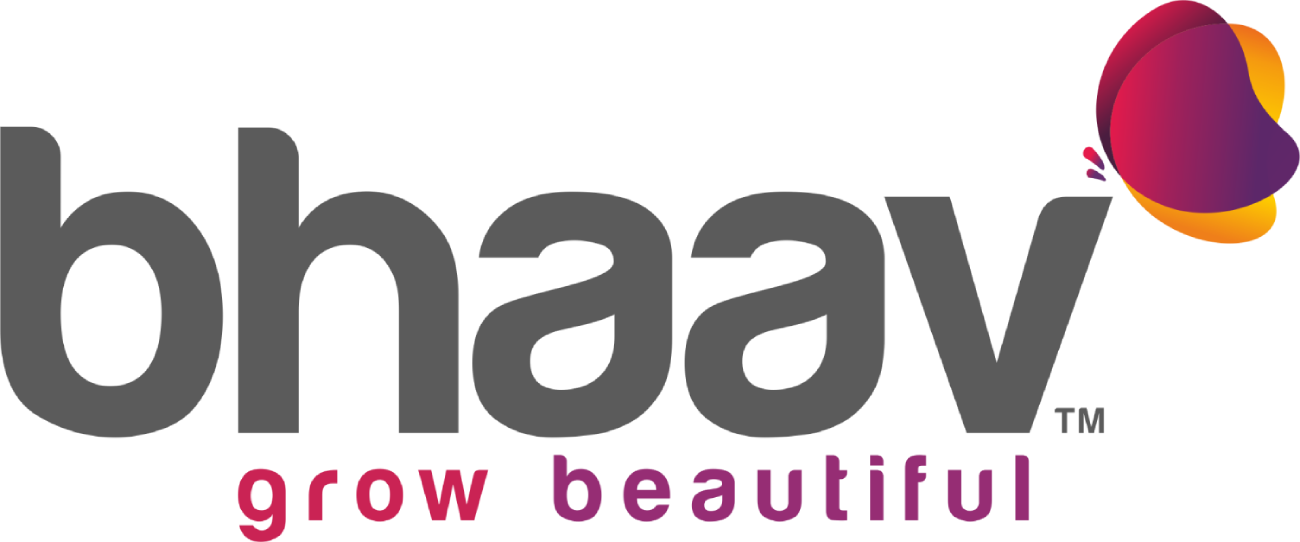
How to Make Social Media Work for Healthcare Sector
A Comprehensive Guide to Maximizing the Impact of Social Media in Healthcare
The effect of social media has emerged as a transformative force in the ever changing face of healthcare. Social media has the ability to influence healthcare practices, empower patients, and drive professional growth in ways that go far beyond personal connections.
Healthcare practitioners may improve patient engagement, communicate accurate medical information, and promote their careers by carefully leveraging the power of these digital channels. This blog highlights critical tactics for making social media work for you in the healthcare industry.
Social Media Marketing’s Evolution
While other businesses have rushed to embrace social media platforms in order to engage with customers and build loyal brand followings, healthcare social media marketing has been more cautious. Many hospitals and healthcare organizations cited HIPAA and professionalism as reasons for not actively participating in social media digital marketing.
However, social media healthcare marketing has advanced significantly in recent years and is beginning to change how people engage with and obtain health information online. Healthcare marketing teams have seen the disproportionate influence that social media can play in driving dialogues about subjects such as preventative care and public health policies.
Determine Your Goal and Your Audience
Clarify your goals before beginning your social media adventure. Determine whether you want to educate patients, raise awareness about healthcare concerns, collaborate with colleagues, or do all of the above.
Customize your material for your intended audience, which could include patients looking for information, carers looking for help, or colleagues in your industry.
Select the Best Platforms
Choose social media sites that are in line with your healthcare objectives. LinkedIn is invaluable for sharing medical knowledge and interacting with specialists.
Visually rich media such as Instagram and TikTok can be useful for sharing educational content. Twitter allows for brief updates, whilst Facebook groups can provide patient support communities.
Accept Educational Content
Make use of your knowledge to teach your audience. Share factual, understandable medical information, clarify common misunderstandings, and provide preventive care suggestions.
However, make sure that your information is simple enough for a non expert audience to understand. Visual aids, infographics, and short movies can help your educational posts be more effective.
Make Healthcare More Human
Humanizing the medical experience helps foster trust and empathy. Share patient success stories with permission, introduce your healthcare staff, and give glimpses into your daily activities.
Authenticity is important in developing patient provider connections.
Address any concerns or questions
Create a conduit via which patients and followers can ask inquiries and get assistance. Respond to questions quickly and professionally, but refrain from diagnosing or prescribing treatment online.
Instead, urge people to get personalized advice from a healthcare expert.
Respect the Privacy of the Patient
Follow stringent privacy laws, such as the Health Insurance Portability and Accountability Act (HIPAA) in the United States.
Avoid disclosing identifiable patient information without consent. Respect the confidentiality of the patient provider relationship.
Collaborate to Make a Difference
Collaborations with other healthcare experts, medical institutes, or healthcare organizations can help you expand your reach and improve the quality of your material.
Participate in debates, give your thoughts on current medical developments, and join relevant healthcare related hashtags and groups.
Use Visuals to Your Advantage
On social media, visual material is extremely engaging. Share educational movies, medical animations, and visually attractive images to help people understand complex medical ideas.
These graphics can fascinate your audience and improve their comprehension.
Maintain Current Trends
Keep up to date on current healthcare trends and upcoming innovations. Please share your thoughts on telemedicine, wearable health gadgets, and digital health apps.
This establishes you as a forward-thinking professional who is actively involved in the progress of the industry.
Analyze and adapt analytics
Monitor your social media analytics on a regular basis to determine the effectiveness of your efforts. Keep track of analytics like engagement rates, reach, and follower growth.
Use these insights to fine tune your plan and guarantee that your healthcare communication objectives are met.
It is not essential to use all of the measures mentioned above, but by diversifying, one can improve traffic if any one doesn’t work.
Advantages of using social media in Healthcare Industry
Patient Education:
Social media platforms allow healthcare providers to exchange accurate and verifiable health information with patients.
Patients can learn more about their ailments, treatment options, and preventive actions by sharing articles, videos, infographics, and expert perspectives.
Campaigns for health awareness and education:
Healthcare organizations can use social media to spread the word about particular illnesses, conditions, and preventative actions.
These initiatives have the potential to reach a large audience and improve the state of the public health
Real time communication:
It is made possible by social media, allowing medical personnel to talk to patients and coworkers right away.
This is especially useful for responding to urgent questions, disseminating significant developments, and offering prompt direction during emergencies.
Social media helps Medical Professionals in Remote patient monitoring & providing telemedicine consultations.
Patients no longer need to make in person visits, especially for routine checkups, because they can share health information, get advice, and even schedule virtual sessions
Developing Credibility and Trust:
Healthcare providers and organizations can utilize social media to position themselves as trustworthy sources of up to date medical information.
Sharing content that is supported by evidence promotes credibility and trust among online users.
Advice on healthy living and lifestyle promotion
Social media is a powerful tool for promoting healthy lifestyles, disseminating wellness advice, and encouraging constructive behavior changes.
This may help protect against chronic illnesses and improve people’s general health.
Transparency and Accountability:
Open communication on social media shows that healthcare organizations are transparent and accountable.
It demonstrates a readiness to address problems and impart knowledge to patients and the general public.
Conclusion :
Utilizing social media effectively is essential for both professional and personal development. It makes it possible for people, companies, and healthcare professionals to interact, educate, and engage with their audiences on a whole new level.
Bhaav™, a well-known Healthcare Social Media Marketing Agency specializes in assisting people and businesses in navigating the complexities of a successful online presence. Their knowledge perfectly complements the tactics described above guaranteeing that clients make the most of social media’s advantages to accomplish their objective.
FAQ’s
1.Why is social media crucial for both professional and personal development?
Social media provides a global stage for talent display, peer networking, and audience extension for both personal branding and corporate growth.
2. How do I pick the best social media channels for my objectives?
Choose platforms that are compatible with your target market and content style. For example, Twitter for real time updates, LinkedIn for business networking, and Instagram for aesthetics.
3. What part does data analytics play in the success of social media?
Analytics enable you to monitor the success of your postings, spot patterns, and ascertain the preferences of your audience. Your content strategy can be adjusted based on this data for improved outcomes.
